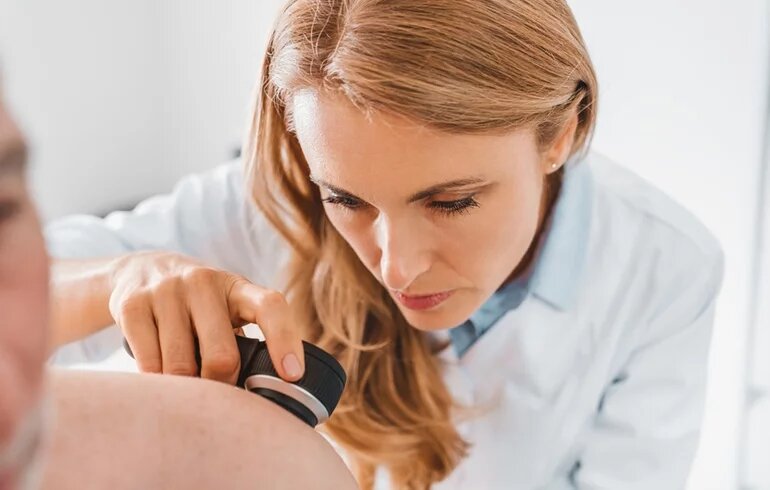Dermatology is the branch of medicine that deals with the symptoms, pathology and cure of skin diseases. Because of the symptoms, dermatology often interacts with related professions such as internal medicine, allergology / immunology, pathology (histology), microbiology (bacteriology, virology, mycology), and specialized laboratory diagnostics.
The dermatologist’s responsibilities include treating conditions relating to the skin, nails, hair, oral mucosa and external genitalia, as well as a number of venereal diseases. An important area of dermatology is the screening of skin cancer and the differentiation of benign (non-cancerous) skin conditions. Annual screening of moles is recommended even when they cause no complaint, as the timely detection of skin cancers - including the most serious type, malignant melanoma - can save lives.


